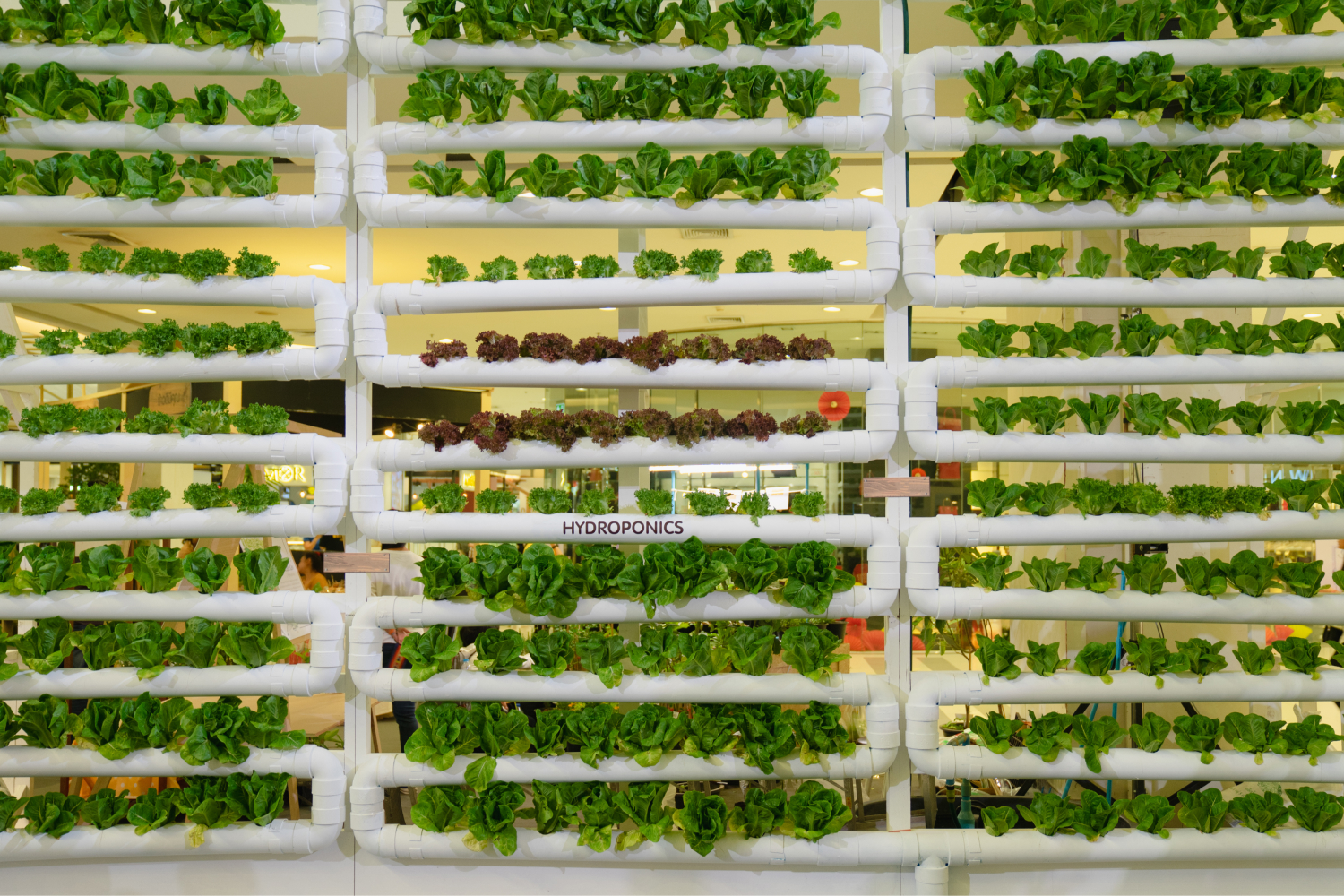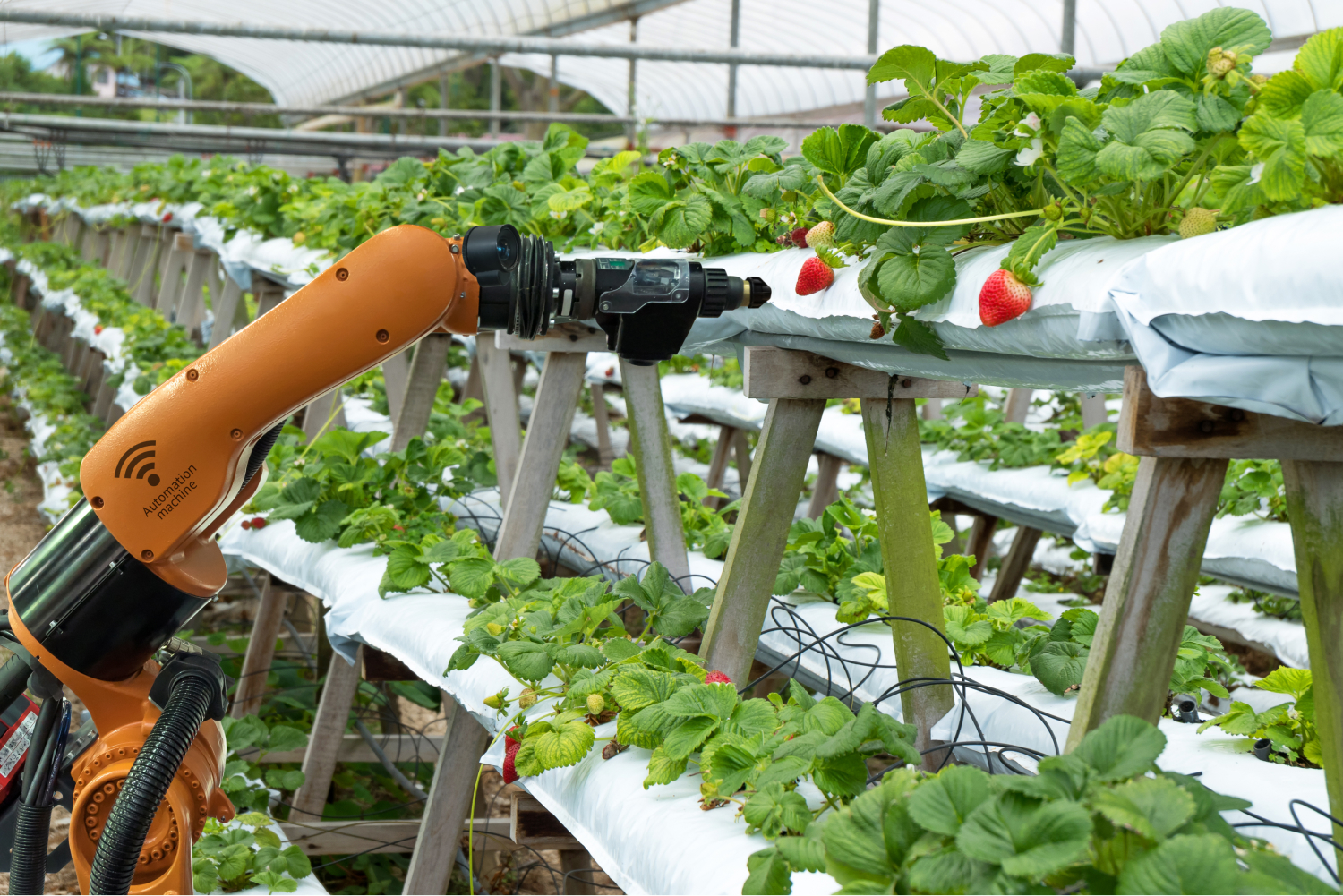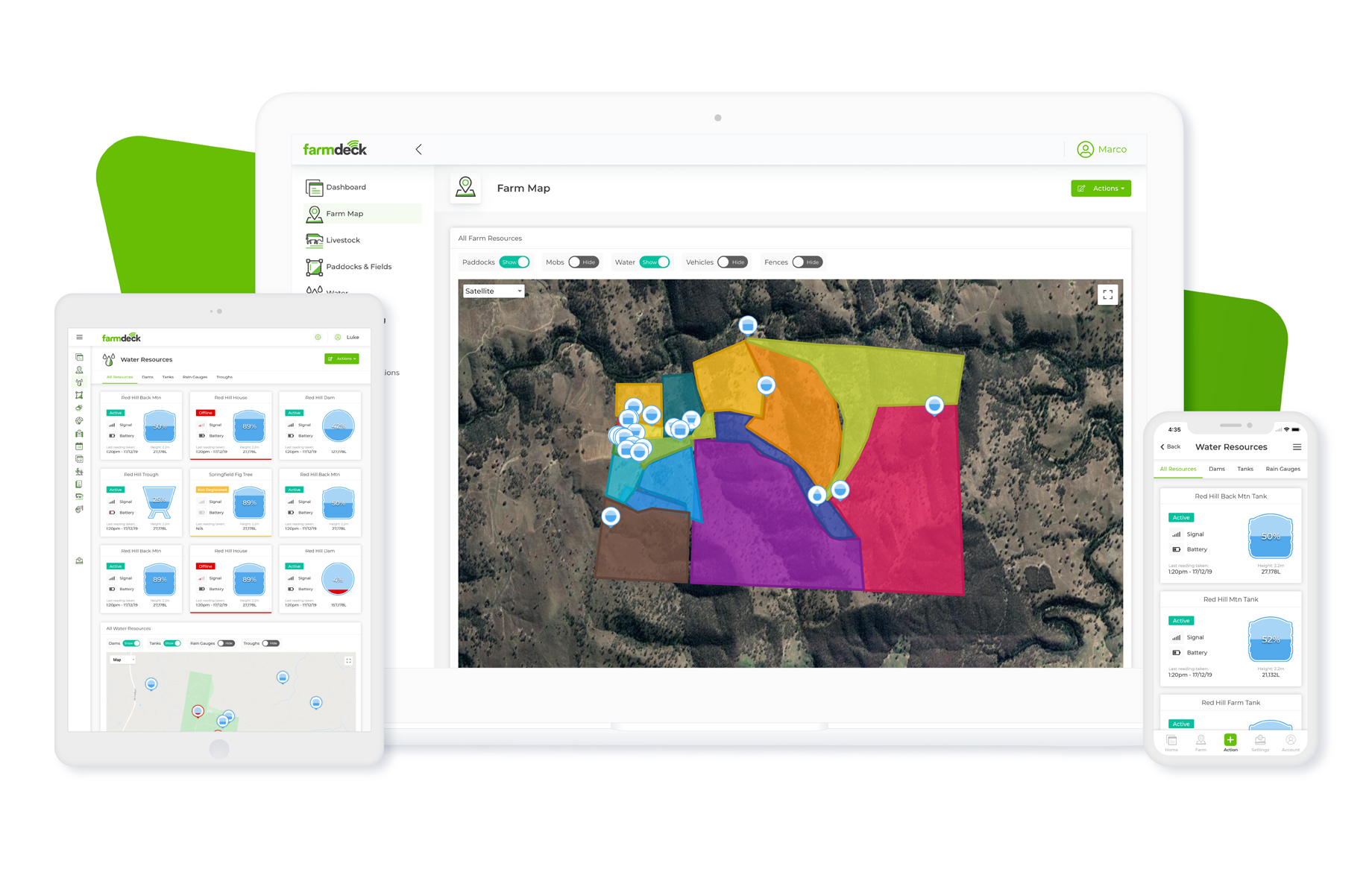More produce with less space
Vertical farming is gaining traction as it reduces the land typically required for traditional farming and reduces variability to increase the crops growth and reduce waste. It possesses environmental sustainability features because crops in a controlled environment don’t require fertiliser and pesticides, and they can be grown closer to suburban areas reducing transport costs and emissions.
There is a growing need for sustainable and efficient farming practices that produce more with less space. This is increasingly important as a United Nations report (World Urbanization Prospects: The 2018 Revision) reveals that by 2050, around 68% of the world population is expected to live in urban areas, and this growing population will lead to an increase demand for food.

Creating a vertical farm is relatively easy. Simply place crops vertically above each other in a closed and controlled environment. By controlling the variations in temperature, light, humidity, and gases to make produce, farmers can increase produce while reducing resources and costs from traditional farming.
Most vertical farms use either:
- Hydroponics – where fruits, vegetables, and herbs are grown with nutrient-filled water
- Aeroponics – where produce is sprayed with water and nutrients systematically. Any unused water could be recycled and reused to grow the crops.
- Aquaponics – where water waste from fish is used to supply nutrients to plants and in turn purifies the water.
Just like traditional farms, vertical farms need lighting as well. However, instead of natural sunlight, artificial grow lights are used to maintain the perfect light level to grow produce. Rotating beds are also commonplace to optimise lighting efficiency.
Vertical farming advantages
Due to industrial developments and urbanisation, there is a growing need for sustainable practices that are as efficient as possible.

Costs
Vertical farms use up to 70% to 95% less water and over 90% less land than traditional farms while harvesting 80% more per unit per area according to Columbia Climate School. By controlling variables such as light, humidity, and water to optimise produce growth it creates reliable harvests and reduces wasted resources. Labour costs can also be reduced through automation and artificial intelligence to take care of the vertical farm.
Controlled environments
Growing produce in a controlled environment has a variety of benefits. Crops can be grown counter-cyclical to meet demand and a premium can be charged due to the supply in the off-season. Since the weather does not affect the crops, vertical farming is useful for environments with non-arable landmass to provide local produce to the area. This is especially the case for areas with harsh sunlight, which can provide solar energy for vertical farms. Vertical farms mitigate the risks that natural disasters such as drought normally inflict, and more organic crops can be grown as pesticides are not required.
Environmental impact
Monitoring environmental impact is increasingly important. The Food and Agriculture Organization of the United Nations reported that agricultural pollution is the major factor in the degradation of inland and coastal waters, surpassing settlements and industries. Water usage can be reduced as water can be recycled using a hydroponic system. There is a reduction in fossil fuel usage as solar and wind energy can be used to power the vertical farms and heavy machinery is not required, also reducing occupational hazards.
Vertical farms grown in suburban areas can reduce food miles, transportation costs, CO2 emissions and the need for refrigerated storage as transport is one of the most expensive parts of the supply chain.
Since vertical farms don’t require fertilisers and pesticides, it reduces greenhouse gas emissions and potential pesticide run-offs. It would also improve biodiversity as it does not cause land and soil damage from traditional farming and uses less space.
To learn other ways to reduce greenhouse gas emissions read here.
Limitations of vertical farming
There are potential risks to vertical farming as well, like high capital and operating expenses and a lack of technological advancements in this area. Traditional farming techniques are also based on variable conditions, so new techniques would be required to produce in a vertical farm and would be radically different.

How Farmdeck can help improve your farming operations with technology
With a range of features available, we can help the adoption of technology for your agricultural needs and environmental concerns.
Reduce water waste and save time with our Water Level Monitoring feature:
- Monitor water levels in real-time, including water tanks, dams, troughs, and turkey nests
- View historical data on how your water levels change through time to better manage your farm
- Set alerts for when a fault is detected, allowing you to rectify the issue sooner rather than later
Our team is constantly working on new features to enhance your farm management experience. Contact us to find out more.
